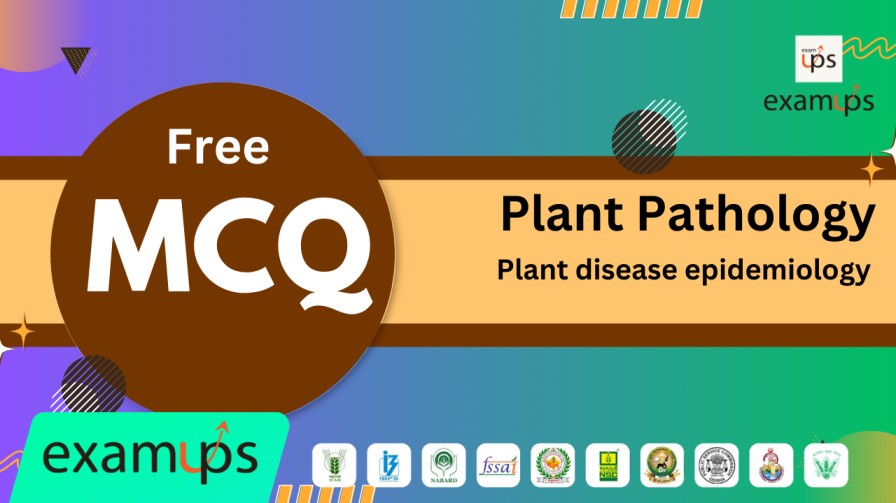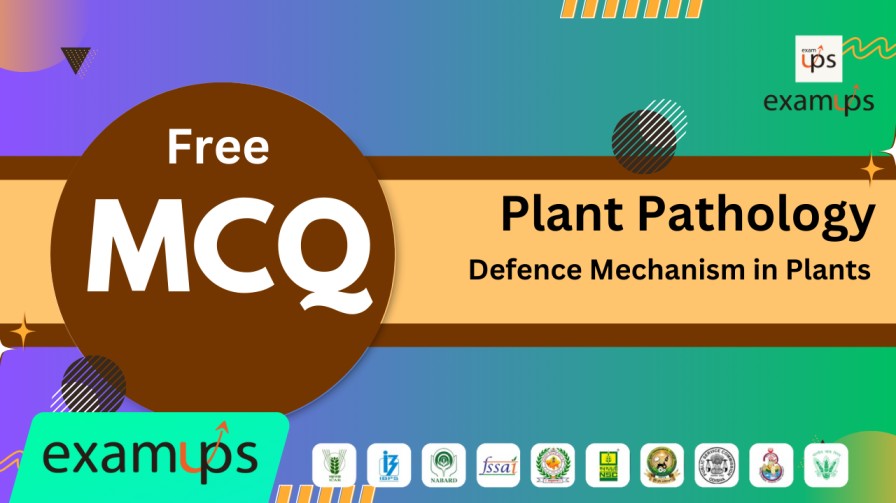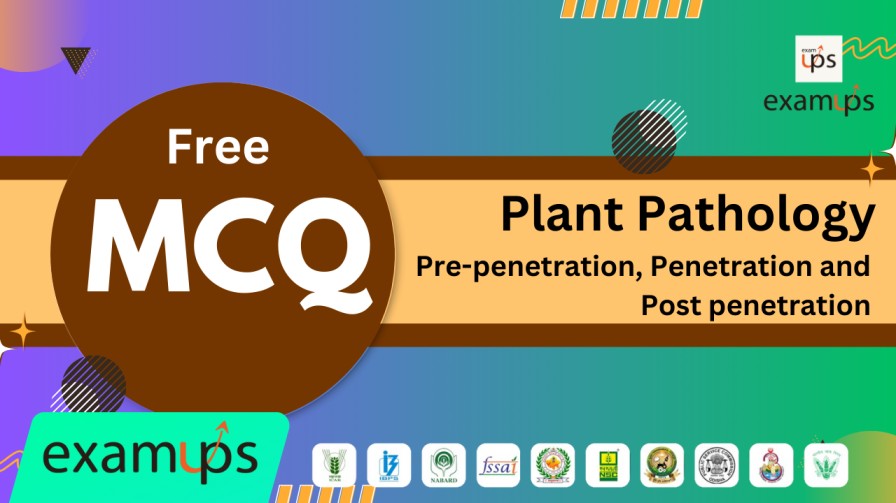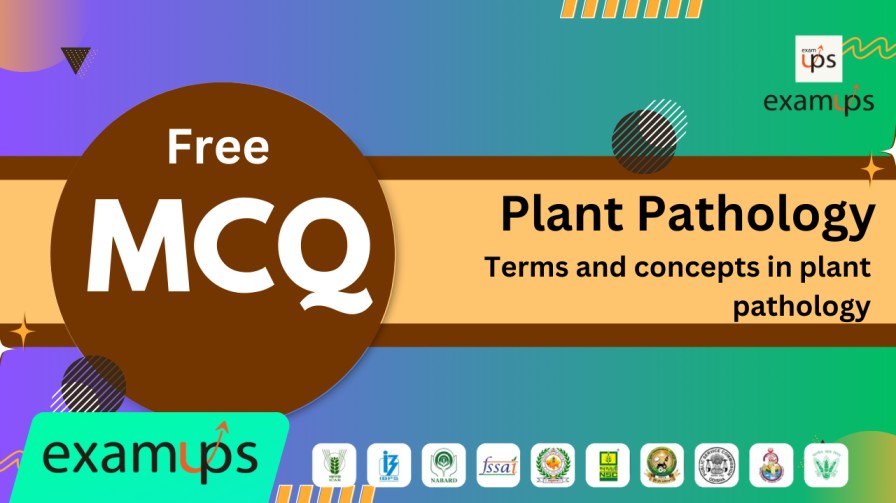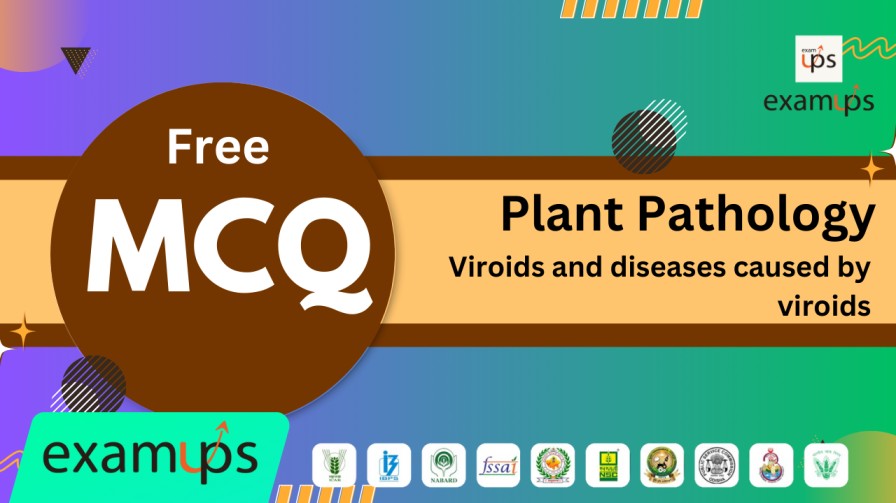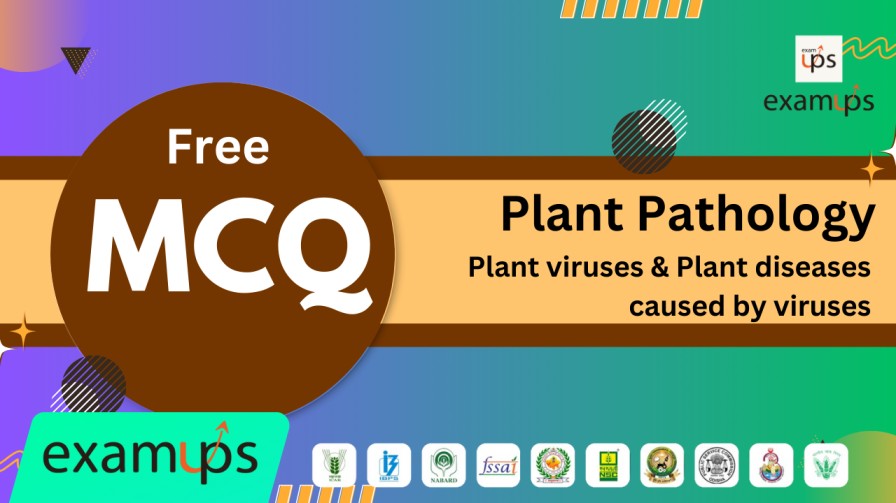Pest management in tomato (Lycopersicon esculentum) by using leaf extract of Cynodon dactylonPest management in tomato (Lycopersicon esculentum) by using leaf extract of Cynodon dactylon
Pest Management in Tomato (Lycopersicon esculentum) Using Leaf Extract of Cynodon dactylon Tomato (Lycopersicon esculentum) is one of the most widely cultivated and economically significant vegetable crops globally. However, its









